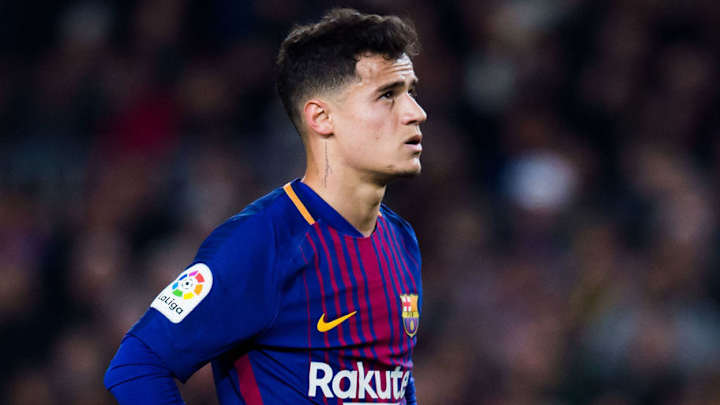New Signings No Longer Will Be Cup-Tied in Champions League, Europa League

New UEFA regulations in place for the 2018/19 season will mean that players who transfer clubs during the January transfer window will no longer be ineligible to represent their new team in the same European competition in that season.
Current rules mean Philippe Coutinho will have to wait until next season before making his Champions League bow for Barcelona as he had already played for Liverpool in the competition this season prior to his £142m January move.
Arsenal were also unable to register Pierre-Emerick Aubameyang to play in the Europa League even though he hadn't played in the competition for another club. That was because Borussia Dortmund had dropped into the competition from the Champions League.
But under rule changes announced on Tuesday, which also included permission to use a fourth substitute in extra-time and larger matchday selections for teams in finals, UEFA have declared that clubs may add up to three new players European squads free of any restrictions.
A statement read, "Regarding the registration of players after a group stage of the UEFA Champions League and UEFA Europa League, a club may register three new eligible players without any restrictions.
"This is in line with the existing regulatory situation in the different domestic leagues, which does not impose restrictions on the eligibility for competitions of players registered for a new club during the winter transfer window."
Earlier this season, Manchester United had been able to register Alexis Sanchez to play in the Champions League because he had only played Europa League football for Arsenal. The same was true of Henrikh Mkhitaryan joining the Gunners, but the opposite way round.
Now, however, clubs can register whoever they like, up to a maximum of three new individuals.
